At the time of writing this article, it is mid September, and the daytime high temperatures are still in the high 90s.
Summer is refusing to give up.
But even though the afternoon highs are still insane, the mornings are getting pretty chilly.
We are moving into Autumn, whether the Summer likes it or not.
One thing that starts to happen when the season changes is that the tissues begin to come out more and more.
Lots of crusty, dried out nasal passages,
and bloody noses.
It’s been happening to me the last few days pretty regularly.
And as we get closer to Winter and deeper into it, the dryness only continues and is perpetuated with heaters and closed up houses.
It’s not uncommon for the nasal passages to get so dry during the winter that they actually crack and bleed.
Nosebleeds are one of the telltale signs that your humidity is definitely too low.
You may have noticed a lot of static electricity in the house too.
The National Library of Medicine says that the majority of adverse health effects caused by relative humidity would be minimized by maintaining indoor levels between 40 and 60%.
This would require humidification during winter areas with cold winter climates.
 Low humidity not only affects your nasal passages, it can also have an effect on your capacity to block and resist viral particles from entering your airways.
Low humidity not only affects your nasal passages, it can also have an effect on your capacity to block and resist viral particles from entering your airways.
What’s more, without the proper level of moisture in the air, viral particles have more freedom to travel further inside of a room.
Which means the dry air can make it easier for you to get sick.
It’s pretty obvious that relative humidity affects your life much more than most of us have given it credit for.
Luckily there’s a solution.
The good ‘ol humidifier.
What is the best humidifier for a dry nose?
The best humidifier for nosebleeds is a cool mist humidifier.
When the inside of your nose is dry and cracked, the cool mist that emits from a cool mist humidifier will offer you some much needed relief.
Sleeping next to a cool mist humidifier a few feet away can help you wake up without the pain of having to blow a dried crusty nose out.
Cool mist humidifiers come in the traditional wick style and ultrasonic.
The noise that humidifiers make has been compared to a blanket of white noise that can help your baby sleep.
That’s not a bad point. A sound that helps a baby sleep while it gives them relief from a dried out nose…
Not everybody wants a white noise machine in the bedroom though.
Ultrasonic humidifiers are known for being a quieter choice but if you have dogs sleeping around the house,
They can actually be much louder for canines because of the sensitivity of their hearing.
Humidifier for Dry Nose
Fortunately, today’s humidifiers give you a lot more choices than having to pick a cool mist or a warm mist, or just outright owning both a cool mist humidifier and a vaporizer.
The Levoit gives you the option of using your humidifier as a cool mist humidifier or a warm mist humidifier. 2 in 1.
It also comes with a humidity meter and humidistat to read and give you the capacity to set the humidifier so that it comes on and turns off as needed according to the humidity level in the room.
And it can do all of that through Wi-Fi.
By just accessing the accompanying app, you can schedule your humidifier, set alerts for functions like giving you a heads up when it’s time to fill the water, and when it’s time to clean the machine.
As you probably know, keeping a humidifier clean is the key to preventing it from becoming contaminated with bacteria.
This air humidifier is easy to clean and also comes with a larger basin so that you do not have to fill it as often.
And what’s a modern appliance without a remote control?

Humidifier disadvantages
As we have already touched on, humidifiers have a big disadvantage.
They have to be cleaned often.
Bacteria and mold will start building up very quickly around the water cap.
Standing water can become contaminated in as little as 48 hrs.
It’s very important not to run a cool mist humidifier that has standing water in it.
If you do, you risk spreading germs and bacteria throughout the air.
That’s why one of the very first features I suggest looking for in a humidifier is one that is easy to clean.
Warm mist humidifier steamers have an advantage in that they bring the water to a boiling point to produce steam, which can kill bacteria before it becomes a problem.
But using steam to humidify when you have a dried and bloody nose doesn’t give you the same relief as a cool mist humidifier
Best of both worlds.
Germ-free is the next step and humidifier evolution.
There are a couple of humidifiers that use ultraviolet light to kill the bacteria inside of the humidifier before it has a chance to grow. Pure Guardian Ultrasonic has nearly all the features of the Levoit. It’s a combination of a warm and cool humidifier, it has a large tank and an essential oils tray.

Nosebleeds, much of the time, are a symptom of low humidity in your home.
When the humidity drops, the body’s source of moisture also diminishes.
But thankfully a cool mist humidifier can replenish the moisture in the air and give you some relief when you have a dry and brittle nose.
Today’s humidifiers come loaded with all the bells and whistles.
Being able to access your humidifier with your smartphone is a fully realized ideal these days.
Alerts telling you when to clean the air purifier and when it’s running out of water are at your fingertips.
There are even a few options available that give you a germ-free bacteria and mold resistant security.
Ultraviolet light and mold resistant plastic are the new wave of humidifiers and well worth checking out.
Because even though a cool mist humidifier can give you some much-needed relief when your skin and nasal passages are dried out,
Humidifiers have a built-in problem in that they must be cleaned often.
Having a humidifier that’s easy to clean or even better yet a humidifier that is bacteria free using UVC,
is the first thing I want to know when shopping for a humidifier.




 But it can be an even bigger problem for dogs.
But it can be an even bigger problem for dogs.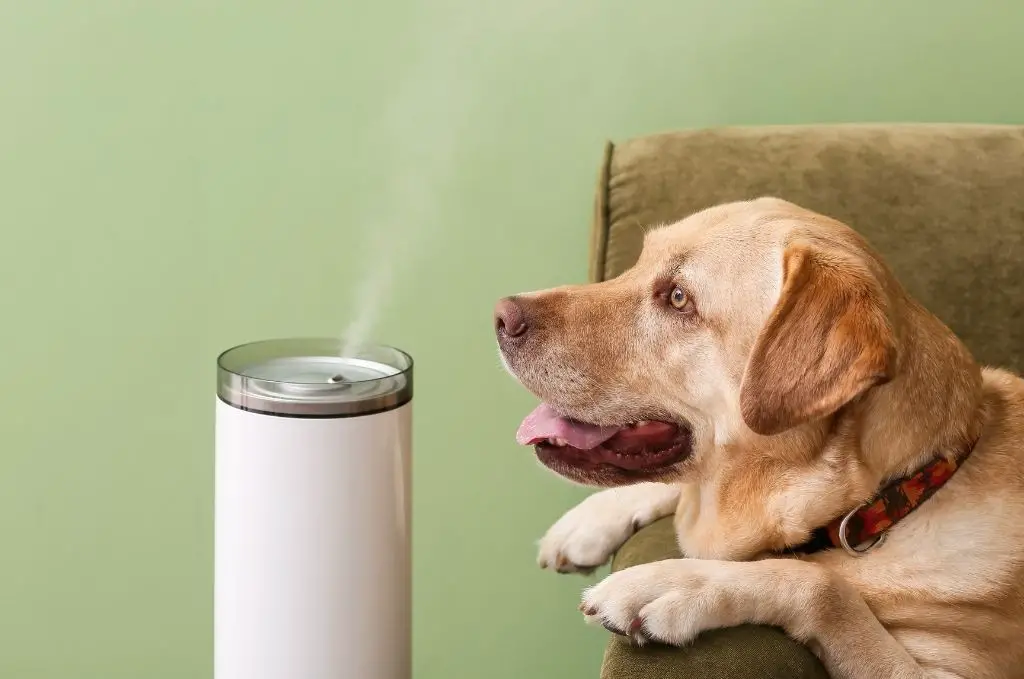
 Recap
Recap
 Healthy glowing skin needs a consistent 40 to 60% relative humidity to stay sufficiently hydrated.
Healthy glowing skin needs a consistent 40 to 60% relative humidity to stay sufficiently hydrated.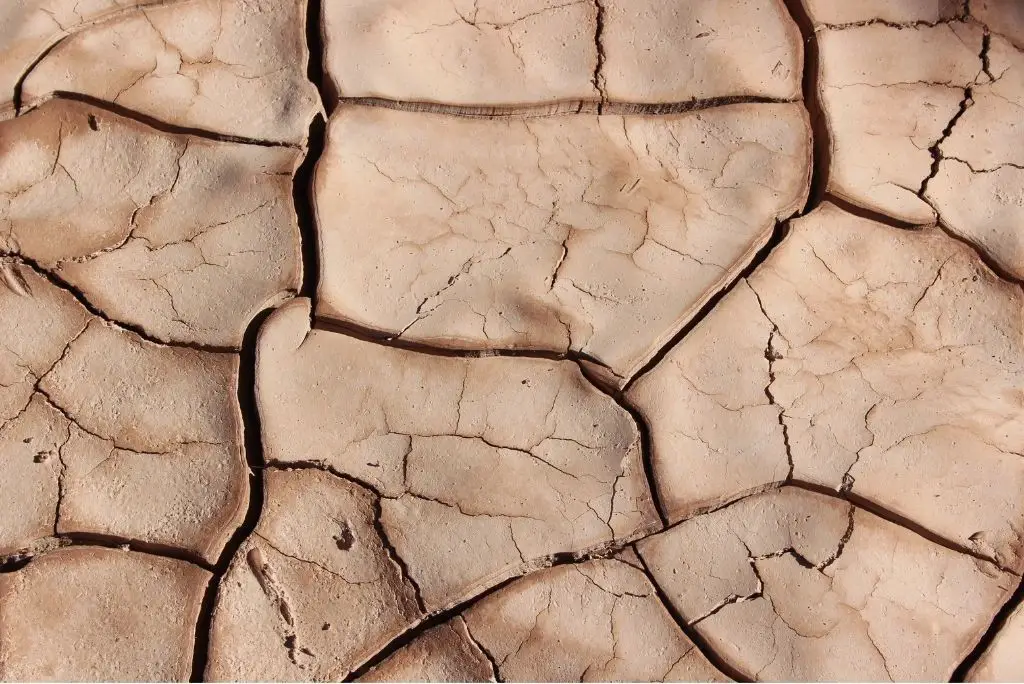 Humidity is usually not considered one of The usual suspects when health issues arise.
Humidity is usually not considered one of The usual suspects when health issues arise.
 Space heaters have improved remarkably since I was a kid.
Space heaters have improved remarkably since I was a kid. Other precautions
Other precautions


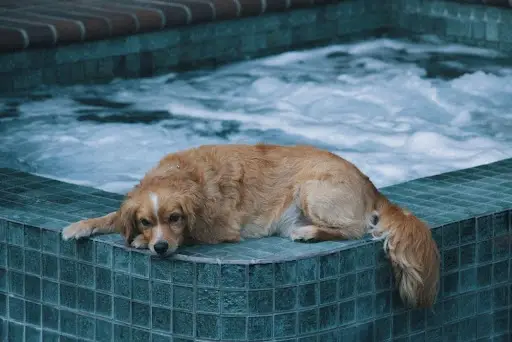

 The difference between an air conditioner and an air cooler,
The difference between an air conditioner and an air cooler, But air coolers do have their advantages
But air coolers do have their advantages
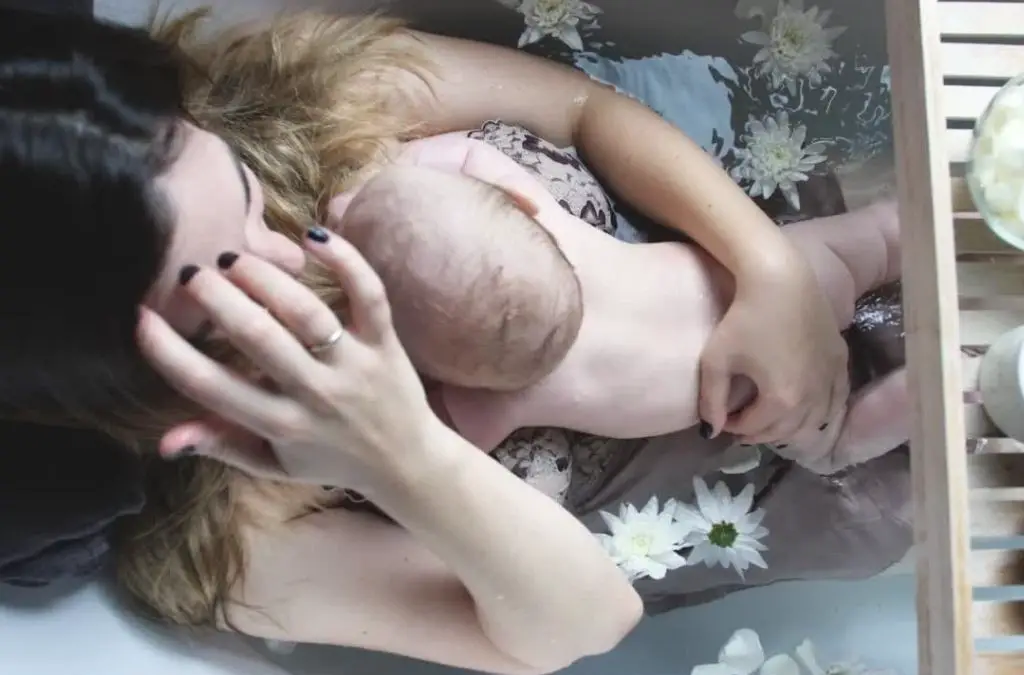
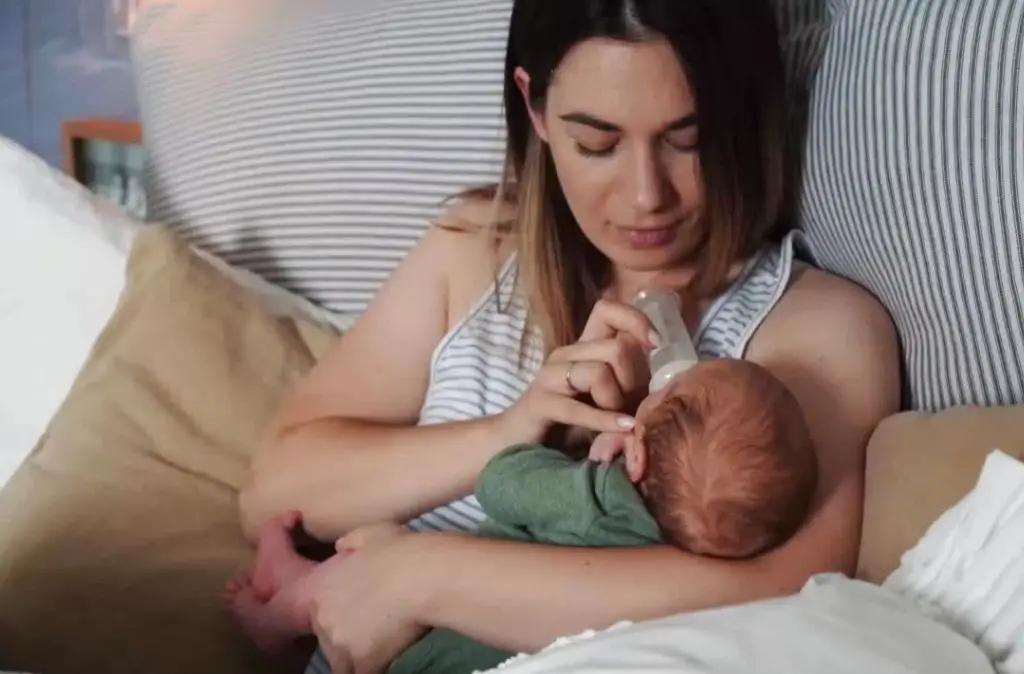 How close should the humidifier be to the baby?
How close should the humidifier be to the baby?
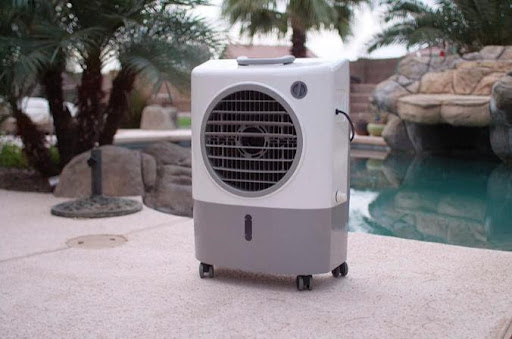 What Actually is a Ventless Air Conditioner?
What Actually is a Ventless Air Conditioner?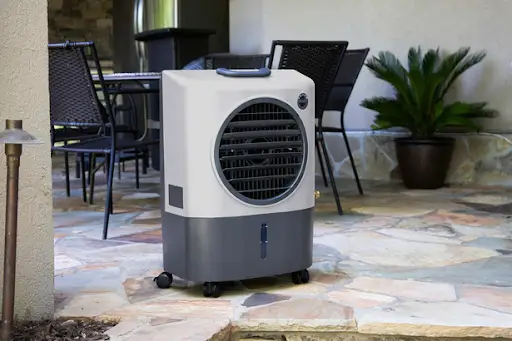
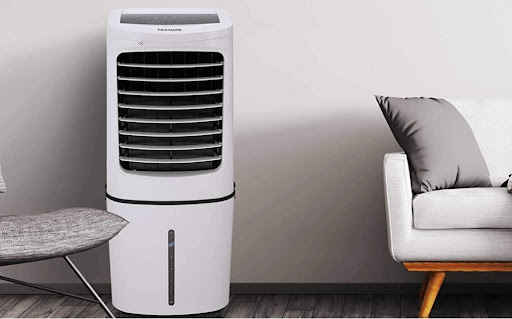 Who Needs Ventless Air Conditioners More?
Who Needs Ventless Air Conditioners More?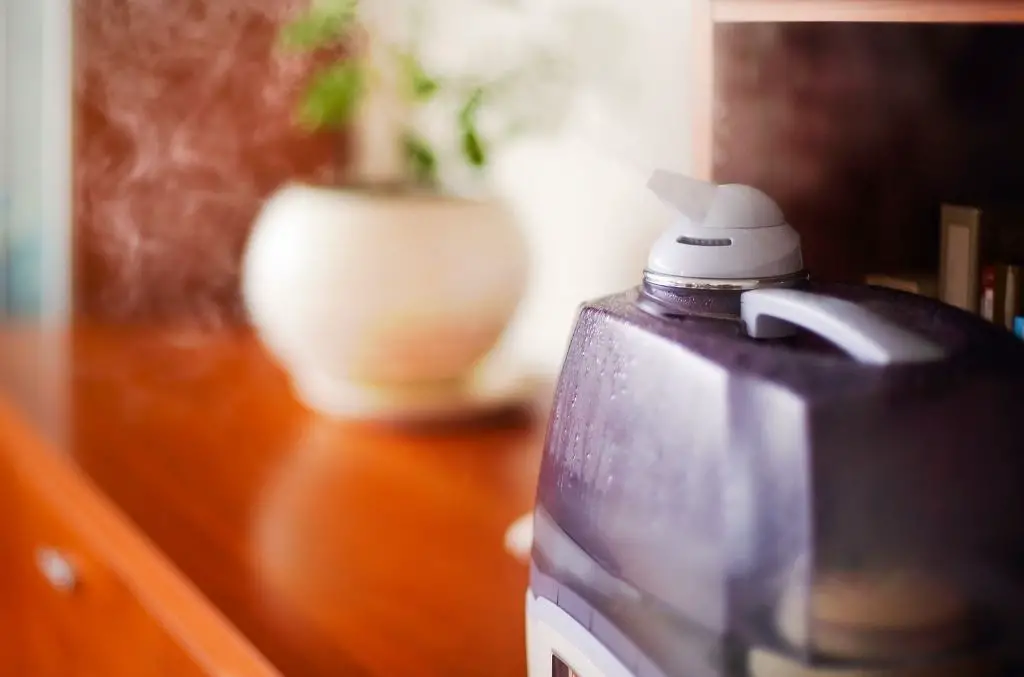

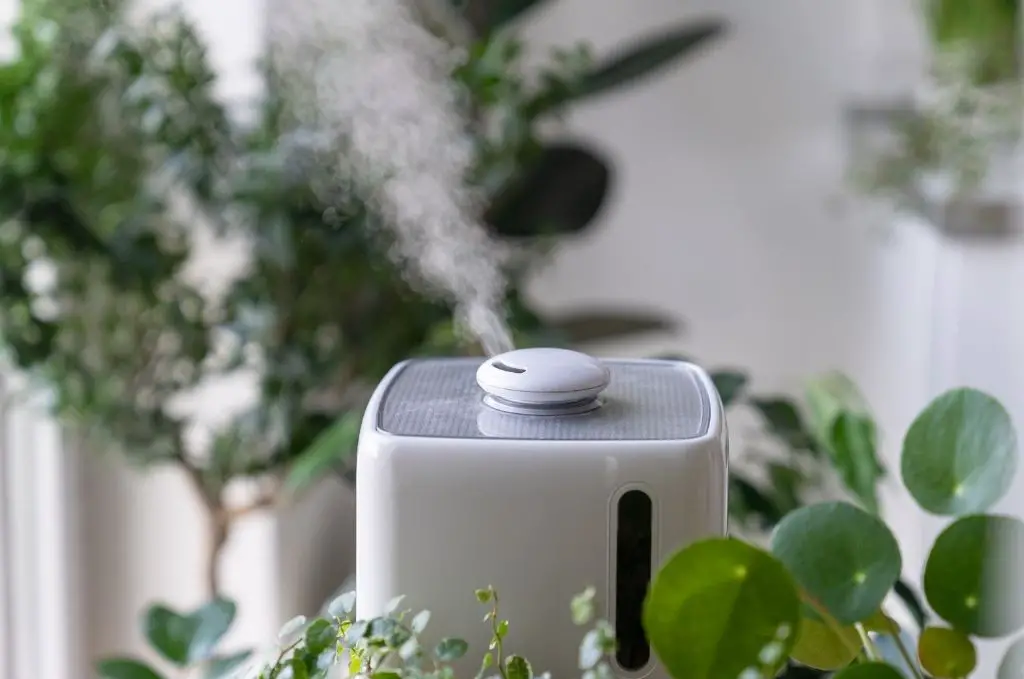
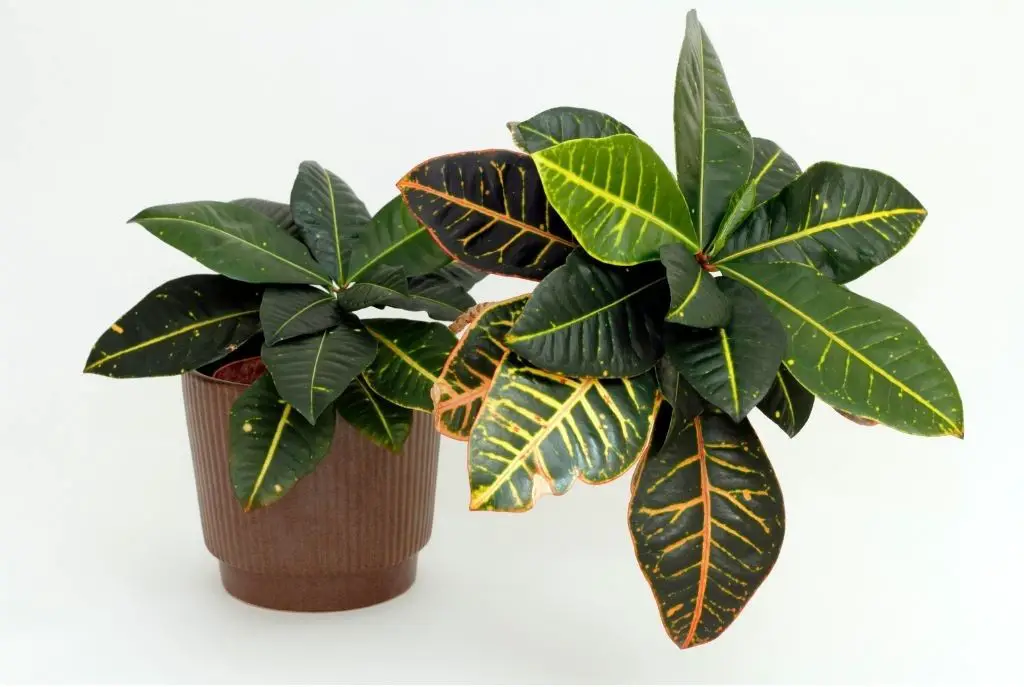
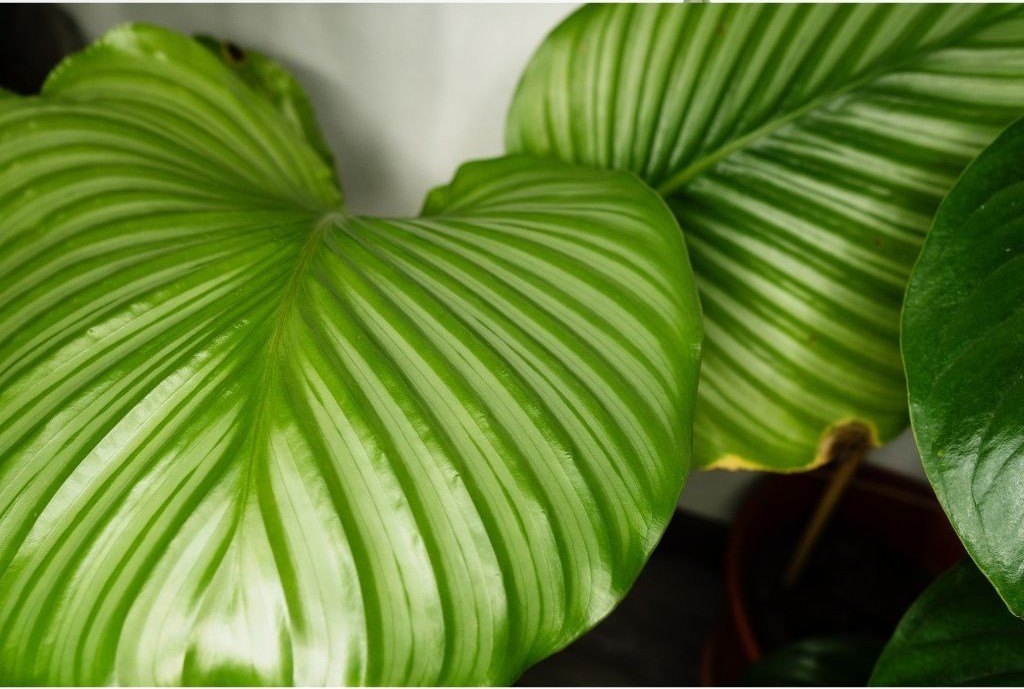 So what did I learn from it?
So what did I learn from it?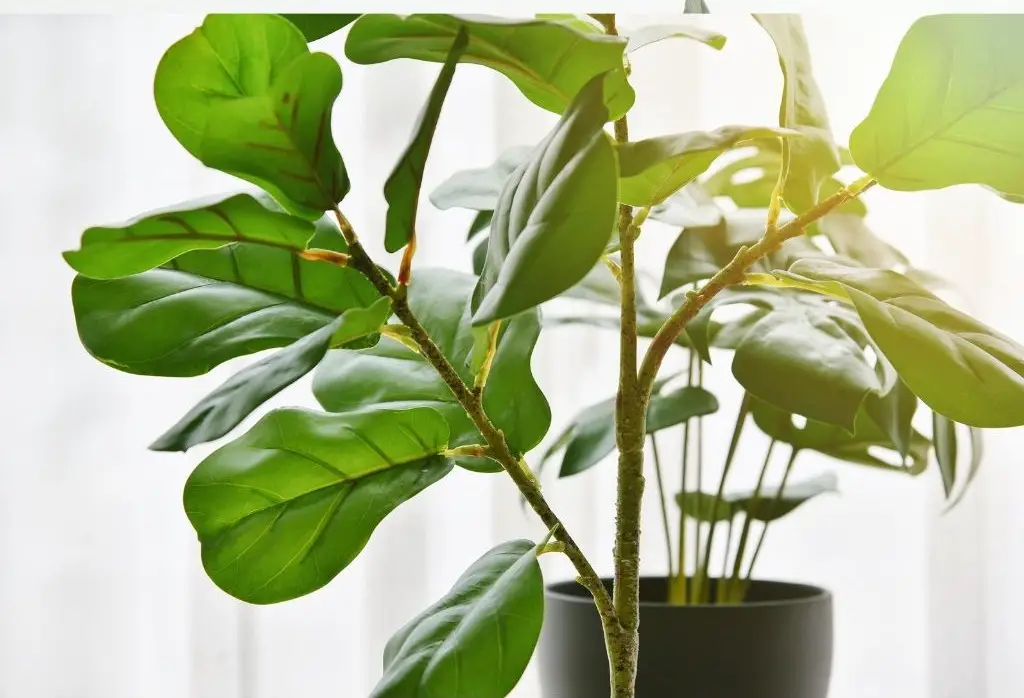 When should I use a humidifier for my plants?
When should I use a humidifier for my plants? Recap
Recap